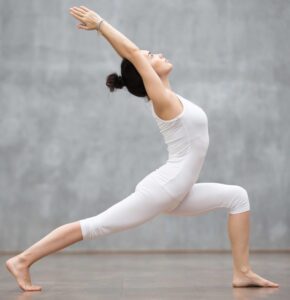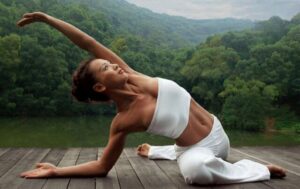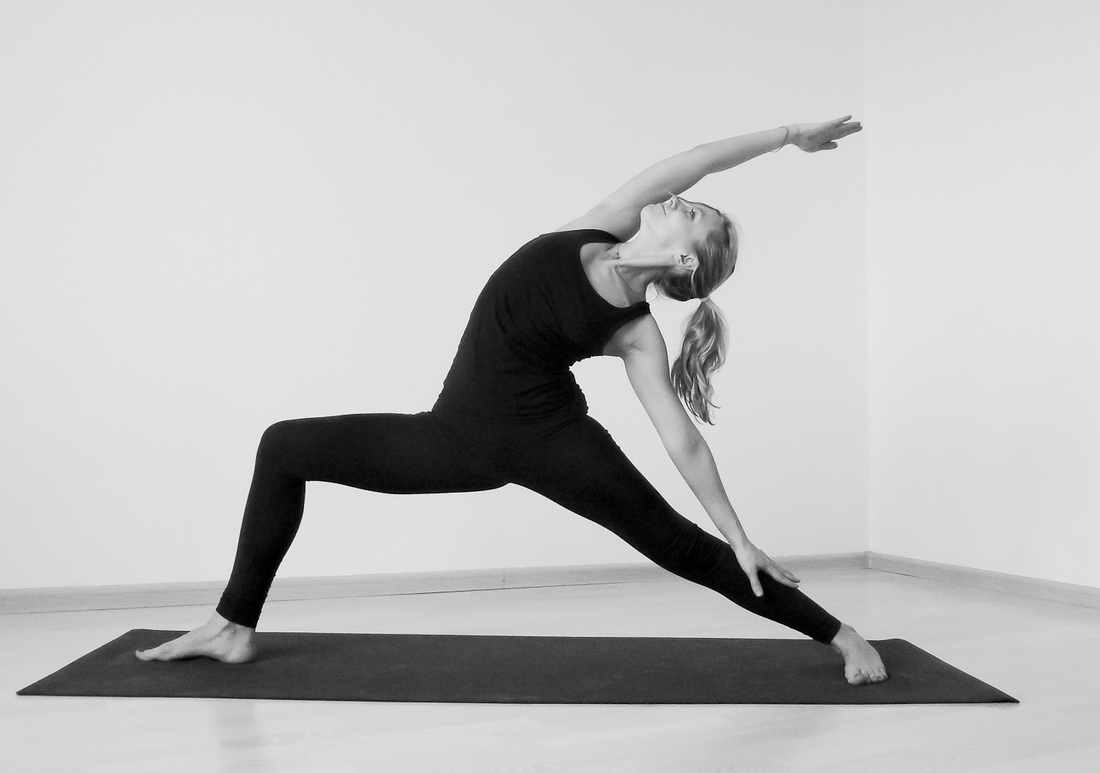In order to perform asana or pranayama correctly, it is important to follow the algorithm very precisely and https://www.julianalucky.com/post/peppa-pig-lovers-how-tall-is-peppa-pig. Let’s start with a few asanas that are suitable for beginners.
Standing stretch. The initial position is standing, with the feet as close to each other as possible.

The back and neck are straight. The stomach is slightly pulled in, the crotch muscles are tense. Breathe in with both hands up and palms together. Stretch as much as you can to stretch the spine. Then breathe out and put your palms together so that your hands are in front of your chest. Repeat the exercise, watching the breath.
Forward bends. From standing position stretch your arms up, and then keep them straight and bend forward until your palms touch the floor. It is important to try to keep your back straight and stretch your pelvic bones upward. Inhale when the arms are raised, and exhale when the arms and head are lowered.
Warrior Pose. Spread your legs as wide as possible, so they form a triangle. The right foot is turned out parallel to the body, turning the body in the same direction. The left foot is at a 45-degree angle. Arms are pulled out to the sides along the floor. Hold this position for a few seconds, tensing leg and arm muscles, stretching the palms apart. Repeat after turning body to the other side.
body to the other side.
Dog face down. Standing up straight, feet together, raise arms above head, then bend down so that the palms touch the feet. With their hands on the floor, take a step or jump with both feet for a meter and a half. The body forms a triangle: feet tend to fully touch the floor, palms are firmly planted on it (fingers maximally spaced), back is extended, shoulder blades are straightened, buttocks are pulled up, neck is relaxed. This exercise helps release tension from the spine and neck.
Dog face up. Performed from the muzzle down dog. Roll over on arms and legs from the triangular pose so that the arms take up a position at a ninety-degree angle to the floor. The head is pulled up, the neck is straight and the legs are straight. The spine in the lumbar area is curved.
And now, one example of pranayama: kapalabhati. The starting position is sitting with legs crossed in front of you (free pose). The left palm rests on the left knee. The fingers of the right palm are joined in a cherry-mudra: the index and the thumb touch each other by their tips, forming a ring, the rest of the fingers are free. The palm is placed near the face so that the thumb and forefinger clasp the nose: the first on the left side, the second on the right. Take a breath and at the same time raise your thumb. Then clasp the right nostril and index finger moved away from the left – exhale. Repeat any number of times.


